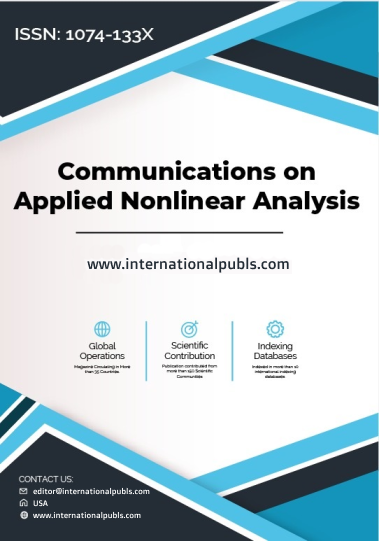Functional Analysis and statistical Mechanics for exploring the Potential of Smart Glasses: An Assessment of Visually Impaired Individuals
Main Article Content
Abstract
Using functional analysis, statistical mechanics, and deep learning (DL) methods, this study looks at how smart glasses might help people who are blind or have low vision. Smart glasses, which have advanced sensors, adaptable algorithms, and deep learning capabilities, can greatly improve the movement and independence of people who are blind or have low vision. For the most part, the study is looking at how these gadgets work, how they affect daily life, and how people interact with them by using a complex statistics approach. Using functional analysis, we break down how smart glasses work and how they're designed to be comfortable to wear, showing how flexible and easy to use they are. Statistical mechanics is a solid way to model how these gadgets will likely behave and how well they will work in different situations. Deep learning techniques are also used to improve the smart glasses' ability to recognize objects and understand their surroundings. This makes them much more accurate and quick in real time. A wide range of visually impaired people are taking part in the study, which gives a full picture of how well and how easily smart glasses work for all age groups. Real-life usage cases, feedback polls, and performance tracking are all used to collect data that lets us look at the technology's pros and cons as a whole. Preliminary results show big gains in spatial awareness, avoiding obstacles, and recognizing objects. This suggests that smart glasses with built-in DL methods can make the lives of visually blind people a lot better. Combining functional analysis, statistical mechanics, and deep learning gives us a more complete picture of the pros and cons of smart glasses, which opens the door for new developments in helpful technology in the future. This study shows how important user-centered design, advanced analysis methods, and cutting-edge DL techniques are for making solutions that help people who are blind or have low vision.
